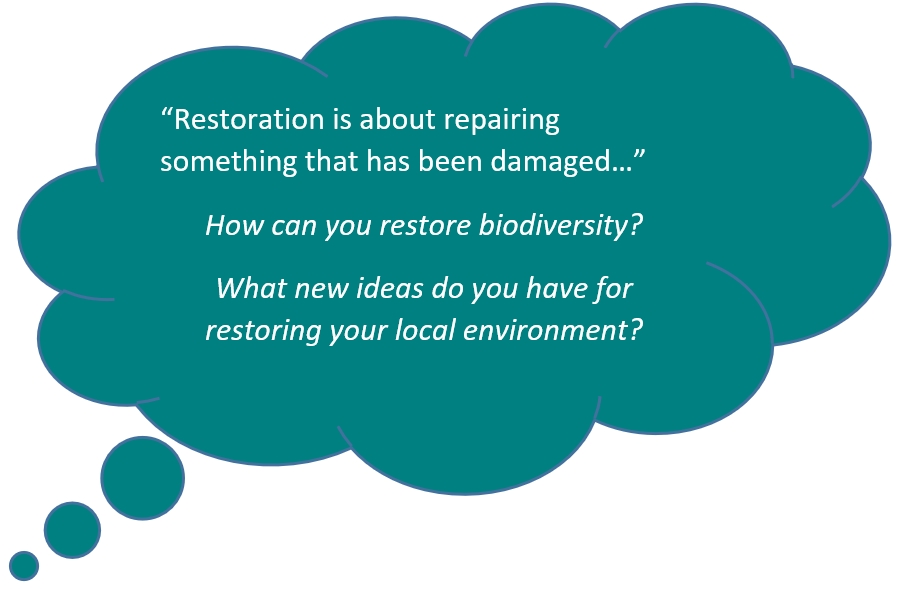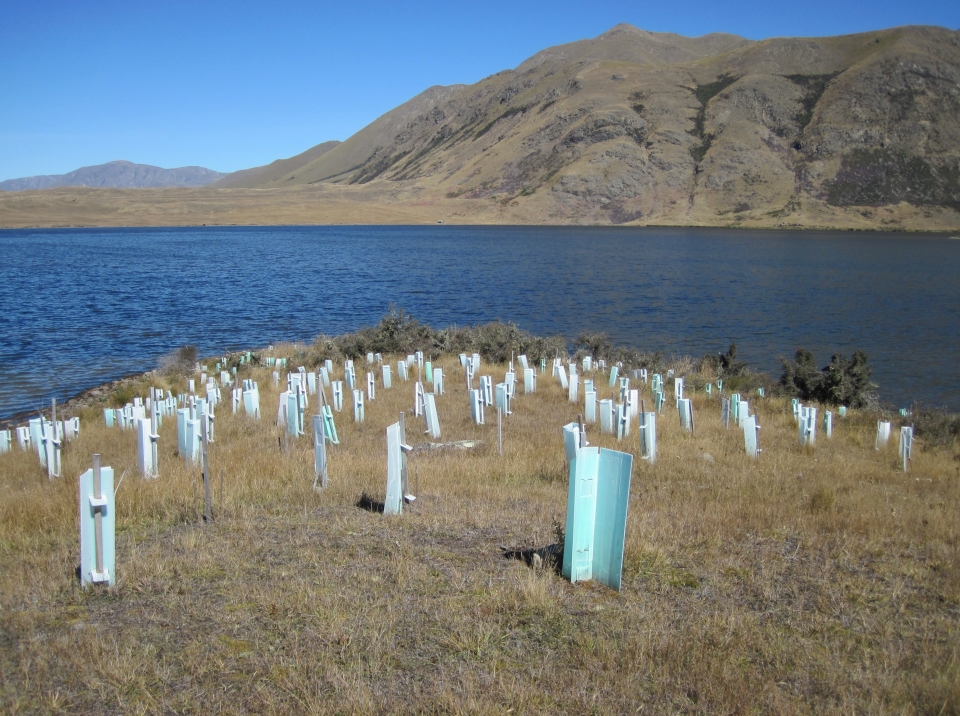How is biodiversity restored?
To restore biodiversity to an area the whole ecosystem needs to be restored. Restoring biodiversity is about helping damaged or destroyed ecosystems. It usually means bringing back lost native species. That's why it is important to find out what the native species are that once lived naturally in the area.
Restoring biodiversity is not always about adding species. You may also have to take something away. This usually means removing unwanted plants and animals – known as weeds and pests.
Monitoring
Before you can restore an area you need to know what lives there and how healthy it is. A BioBlitz could be your first step. Further monitoring of species can be done over a longer period of time. You can measure water quality and soil quality. You could also record what people do in the area and find out if human activity is affecting the health of the area.
Once you have finished monitoring it is time to take action.
Plants provide a home for a wide variety of animals. Restoring plants can help restore wildlife and keep water clean.
Pioneer plant species
Some native plants are 'pioneer species'. Examples are mānuka, kānuka and tī kōuka/cabbage trees. They like starting out on bare ground and are hardy. These easy-to-grow plants can grow in poor conditions. Planting a few of these species can lead to birds bringing in the seed of other native plants. This saves you time and money.
Ecosourcing seeds
Collecting seeds close to where they are to be planted is called ecosourcing.
Why is ecosourcing important?
Ecosourced plants are suited to local conditions and are more likely to grow. Ecosourcing avoids the risk of planting weeds and species which are not native to the local area.

Once you have planted an area you will need to keep removing any weeds that grow. You may also need to protect plants from pests. You can do this by trapping
predators and protecting plants from animals. You can place cardboard around plants to protect them from being eaten by animals.
Ready for a quiz? Try the Restoring Biodiversity interactive activity.On this field trip, you will see how people are restoring Ō Tū Wharekai.




